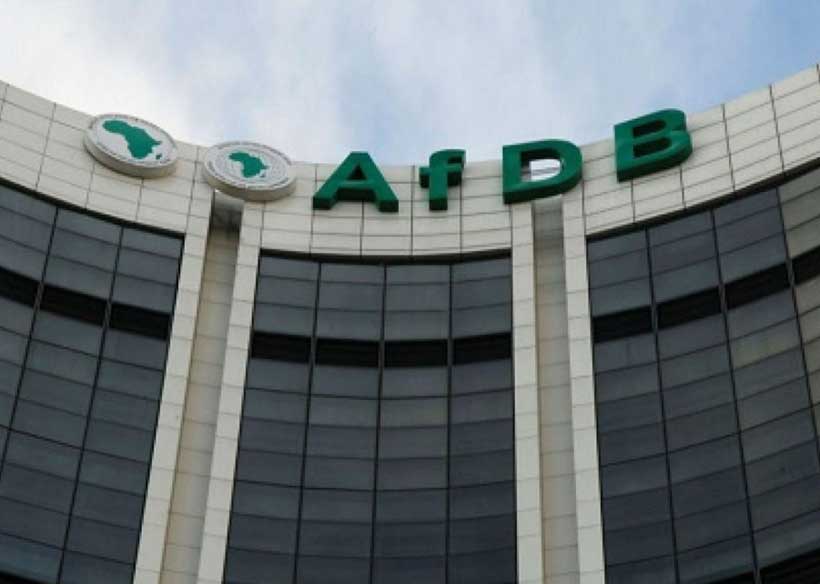Govt fails to pay for wheat deliveries
Government’s failure to pay US$20 million owed to wheat farmers for deliveries made in the last marketing season, has seen some farmers failing to prepare and participate in the ongoing winter wheat cropping season, Business Weekly can reveal.
The latest development will likely impact negatively on the Government’s ambitious target of putting 120 000 hectares under winter wheat this season from which 600 000 tonnes are expected. National wheat consumption is 360 000 tonnes annually.
In addition, this year’s yield is likely to be adversely affected due to the El Niño-induced drought after Zimbabwe and the region received normal to below normal rainfall in the 2023/2024 rainy season, impacting negatively on dam water levels.
President Mnangagwa declared the El Niño drought that hit the country in the 2023/2024 summer cropping season a national state of disaster with Zimbabwe requiring at least US$2 billion to mitigate the effects of the drought, as significantly more people now require food.
Last year, Zimbabwe attained a record-breaking wheat yield of 467 905 tonnes from 90 000ha that were planted compared to 375 000 tonnes achieved in 2022.
Locally, wheat is traditionally planted in winter from April 1 to May 15 before the temperatures drop in June because its germination is derailed by coldness.
Authorities have this year announced a planting window running up to May 31, but observers still say those yet to be paid are likely to miss out on the window.
According to a report compiled by the Ministry of Lands, Agriculture, Fisheries, Water and Rural Development, as of Wednesday last week, wheat farmers were being owed an outstanding payment of US$20,3 million whose payment was expected to be made this week.
A statement released by the Grain Marketing Board, which is mandated to purchase wheat from farmers, indicated that wheat farmers were paid US$5 million this part Wednesday in addition to US$14,6 million processed in the last two weeks.
“To date, wheat payments amounting to US$28,7 million have been made, while the ZWL component was completed some time back,” reads the GMB statement in part.
However, Business Weekly could not by yesterday establish if farmers had indeed received their pay cheques.
The Ministry’s report highlighted that as of Wednesday last week, a total of 4 211ha had been put under wheat while 21 579ha were prepared. In the corresponding period last year, a total of 17 344ha were planted, indicating the presence of some underlying challenges this season.
Responding to written questions yesterday, Permanent Secretary in the Ministry of Lands, Agriculture, Fisheries, Water and Rural Development Professor Obert Jiri, said payment of outstanding dues to the wheat growers were being done.
“Yes, the payments are being done. It (delayed payment) should not affect planting. Planning for production does not start when one receives money,” he said.
In a recent interview, the Zimbabwe Commercial Farmers Union president, Dr Shadreck Makombe, said:
“Some farmers who should have planted wheat this season have not been able to do so because they have not been paid for deliveries made to the Grain Marketing Board last year.
“Most of the farmers who are meant to be doing the winter wheat are not participating and this is likely to affect the area that the Government is targeting under the crop and the projected yield will be negatively affected.
“Wheat production is a process that we think with the planting window the targeted 120 000ha was achievable or may even be surpassed, had all the traditional wheat growers participated.”
Prior to achieving food self-sufficiency, Zimbabwe has over the years been a net importer of wheat prompting the Government to come up with a robust programme to encourage wheat production on all farms with reliable water sources to facilitate irrigation.
The country imported wheat from countries such as South Africa, Argentina and Russia.
In an interview last week, acting director of communications and advocacy in the Ministry of Lands, Agriculture, Fisheries, Water and Rural Development, Barbara Machekano, expressed optimism that the targeted hecterage was achievable on account that the wheat planting window extends up to the end of the month.
“The targeted 120 000ha are achievable because we are still in the planting window period that ends at the end of May and farmers are continuing with planting,” she said.
Machekano explained that the huge difference between the area planted this year and that of the corresponding period last year was due to the effects of climate change.
“The huge difference between the area planted so far and that of the same period last year is as a result of the effects of climate change where the summer cropping season started late and up to now people are still harvesting their summer crops and maybe because of climate change, this may lapse into June.
“So, we will be guided by advice from weather experts as to how the winter season will progress and perhaps because of the realities of climate change our winter wheat planting window could be extended,” she said.
The planting window is critical as it helps to avoid the coincidence of frost with flowering and grain filling stage as well as curtailing the coincidence of crop maturity with rain.
Among other initiatives, this year’s winter wheat cropping is being supported by CBZ Agro Yield that is targeting 11 500ha, NMB (2 500ha), AFC Land Bank (16 000ha) and 43 000ha under a joint venture scheme between the Agriculture and Rural Development Authority and its partners while on its estates, the authority targets 2 000ha.-ebusinessweekly










